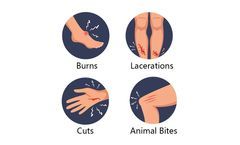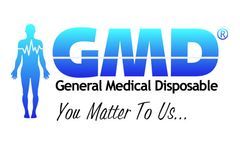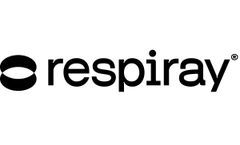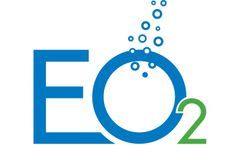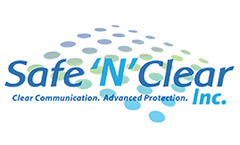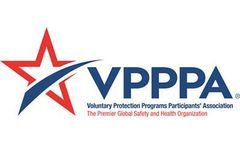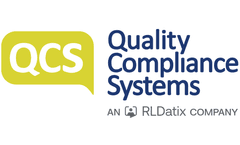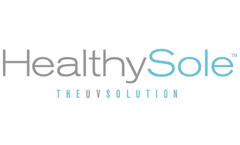Hand Wash Articles & Analysis
28 articles found
Basic Principles of Wound Care In daily life, most minor wounds can be managed with self-care by following these basic principles: Clean the Wound: Wash Hands: Before tending to the wound, thoroughly wash your hands and wear a pair of powder-free vinyl or nitrile gloves. ...
Effective hand hygiene reduces the risk of meat contamination and the transmission of foodborne disease Clean hands are essential to health and effective handwashing is one of the simplest ways to prevent the spread of germs. Hand hygiene is particularly important in minimizing food safety risks along food animal chains, as there are many diseases that can be transmitted to humans from polluted ...
Enzyme laundry detergent has lipase and protease to hydrolyze stubborn dirt on collars and cuffs. Hand-washing detergent is relatively low in alkalinity. Laundry liquids contain primarily surfactants and few additives. ...
To plan for the removal of stitches, take the following steps: Start by washing your hands properly with antibacterial soap and hot water. Sterilize the scissors and tweezers by putting them in hot water for at least 20 minutes. ...
As the Omicron wave finally subsides and coronavirus restrictions are lifted, more and more employers are beginning to bring their employees back to the office. For what seems like an eternity but is actually a little over two years, many people worldwide have been working remotely as office buildings, together with schools, were believed to be the prime places for the virus to spread. ...
We have pulled together what we feel is the most reliable top 5, these are: 1. Wash Your Hands - Regularly This is one of the main bits of advice globally, and the primary cause in the shortage of hand sanitizers. ...
Patient Tips: Before you do anything with your wound: Wash your hands for 20 seconds from the wrist down with water and antibacterial soap. Rinse well. Dry your hands with a CLEAN paper towel or towel. Rub your hands together quickly for 20 seconds. Only touch your dressing with clean, just washed ...
In fact, it can even improve the patient experience.”For example, a doctor changing gloves between patients is much more hygienic than a doctor washing their hands between patients. It’s also massively quicker. This time saving means that a doctor can use more of their shift to do their proper job and less on basic hygiene precautions. ...
Also, in this post-COVID 19 era, most of us, especially frontline workers like doctors, nurse, health care providers, teachers, and those working in retail, are required to use hand sanitizer or wash our hands after almost every thirty minutes. Most sanitizers contain alcohol, which is a drying agent. These situations can easily lead to dry ...
Washing our hands, wearing mouth and nose protection and keeping our distance have become second nature to us since last year. ...
Every year on 05.05. is the World Day of Hand Hygiene. This world day was established in 2005 by the World Health Organization (WHO). ...
Disinfecting with bleach, using GoldShield antimicrobial, or a UV light sterilizer is effective in killing pathogens that may be on reusable masks. Of course, be sure to wash your hands before and after putting on or removing masks. The Importance of Visual Communication A silver lining that has emerged during the COVID-19 pandemic for people with ...
In my opinion, if we had a proper disinfection process in place, regardless of what pandemic was arriving, we would have been better equipped and protected. Had people washed their hands, disinfected everywhere, and made sure they were protected, we would have been safer today. ...
It all starts with the disinfection of the person before they enter your business or home. Washing hands or using hand sanitizer is the first step. The second step is actually a regular disinfection process. At home, we suggest washing or disinfecting at least twice a day and after any outside activities. ...
Converting Your Home into a Working Environment When millions were abruptly forced from their workplaces earlier this year, many employees left their offices with little more than their personal belongings, a laptop and a work assignment in hand. Purchasing ergonomically designed furnishings was likely not a forethought, since many employees (or employers) weren’t certain ...
What Are Viruses? Viruses, on the other hand, are a whole other issue. Viruses are smaller than bacteria, and they can only thrive and multiply in living beings. ...
ByAirfree
This includes doing things like wearing your facemasks and washing your hands regularly to get rid of harmful germs. 3. Inform People You Have Been in Contact With If you are going in for a COVVID-19 test because you are feeling sick, then it is imperative that you inform people you have been in contact with. ...
Economic and infrastructure problems hamper the availability of water for basic hygiene measure According to the World Health Organization (WHO) office of Water, Sanitation, and Hygiene (WASH), hand-washing is the No. 1 COVID-19 prevention strategy. That makes it difficult to grapple with the COVID-19 pandemic in Venezuela, where only 18% of ...
The simplest way to keep areas clean is washing walls, mopping floors, cleaning desks and workstations, door handles etc. with anti-bacterial spray. ...
It doesn’t seem to be affected by temperature, as the coldest and warmest regions of the world still saw almost similar rates of transmission. Tips On Making it Possible Wash Hands (or Use Alcohol) One of the most important ways to stop any kind of virus or germs from entering our system is by washing our hands ...

